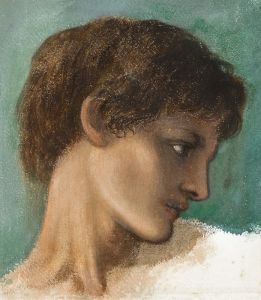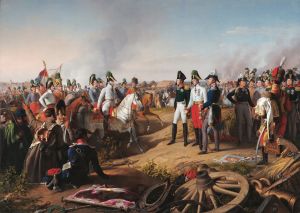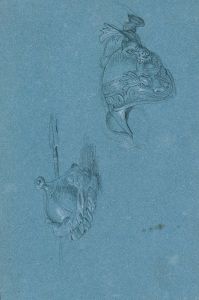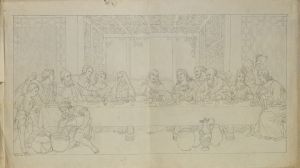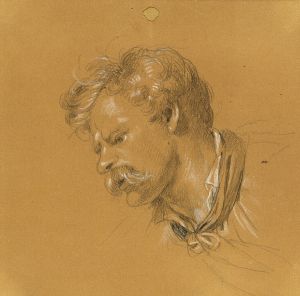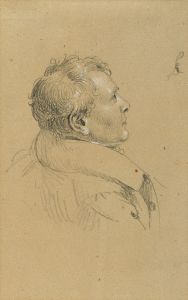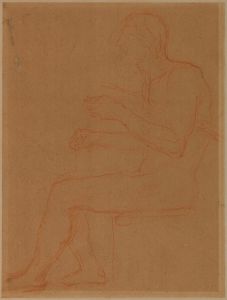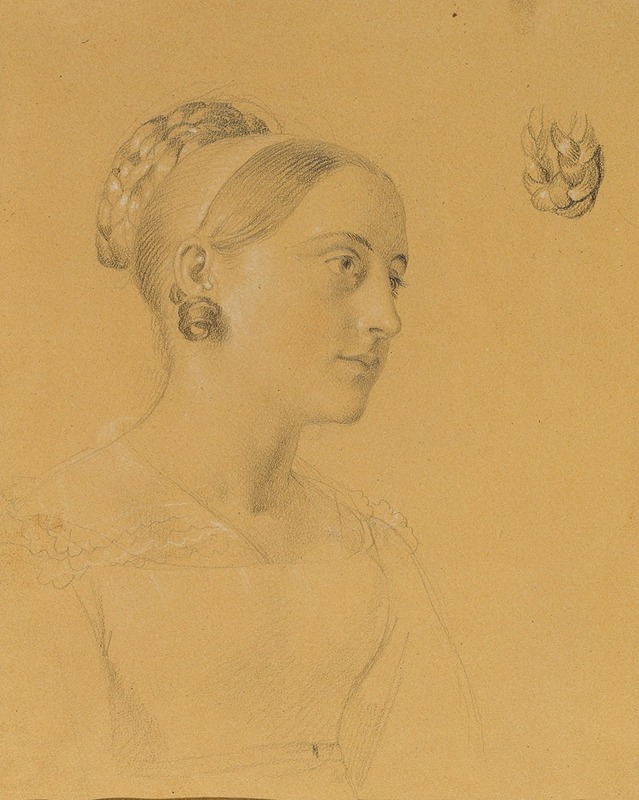
Weibliche Studie zum ‘Einzug nach dem Pariser Frieden’
A hand-painted replica of Johann Peter Krafft’s masterpiece Weibliche Studie zum ‘Einzug nach dem Pariser Frieden’, meticulously crafted by professional artists to capture the true essence of the original. Each piece is created with museum-quality canvas and rare mineral pigments, carefully painted by experienced artists with delicate brushstrokes and rich, layered colors to perfectly recreate the texture of the original artwork. Unlike machine-printed reproductions, this hand-painted version brings the painting to life, infused with the artist’s emotions and skill in every stroke. Whether for personal collection or home decoration, it instantly elevates the artistic atmosphere of any space.
Johann Peter Krafft's Weibliche Studie zum ‘Einzug nach dem Pariser Frieden’ (Female Study for ‘Entry after the Peace of Paris’) is a preparatory study created by the Austrian painter Johann Peter Krafft (1780–1856). Krafft was a prominent artist of the Biedermeier period, known for his historical paintings, portraits, and genre scenes. This particular study is associated with his larger work Einzug nach dem Pariser Frieden (Entry after the Peace of Paris), which commemorates the historical events following the Napoleonic Wars.
The Weibliche Studie is a detailed preparatory work focusing on the depiction of a female figure intended for inclusion in the final composition of the larger painting. Krafft was known for his meticulous approach to preparatory studies, often creating detailed sketches and oil studies to refine individual figures and their expressions. This study exemplifies his dedication to capturing human emotion and physicality with precision.
The larger painting, Einzug nach dem Pariser Frieden, celebrates the return of Austrian troops to Vienna after the signing of the Treaty of Paris in 1815, which marked the end of the Napoleonic Wars and the restoration of peace in Europe. Krafft’s work aimed to convey the collective relief and joy of the Austrian people during this significant historical moment. The study likely reflects Krafft’s effort to portray the emotional resonance of the event through the individual figures in the composition.
The Weibliche Studie demonstrates Krafft’s skill in rendering human anatomy, drapery, and expression. The study is executed in oil on canvas or paper (specific details may vary depending on the source), and it showcases the artist’s ability to capture the subtleties of light and shadow. The figure in the study is depicted with a sense of realism and emotional depth, characteristic of Krafft’s style.
This preparatory work is part of Krafft’s broader artistic legacy, which includes numerous historical and genre paintings that document key moments in Austrian and European history. While the exact location of the Weibliche Studie may not be widely documented, Krafft’s works are held in various collections, including the Belvedere in Vienna and other Austrian museums.
Further details about the Weibliche Studie are limited, as it primarily serves as a supporting piece for the larger composition. However, it remains an important example of Krafft’s artistic process and his contribution to 19th-century historical painting.






